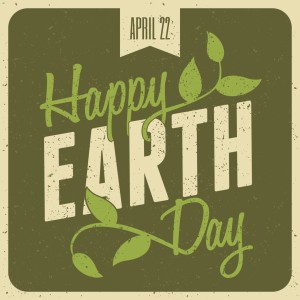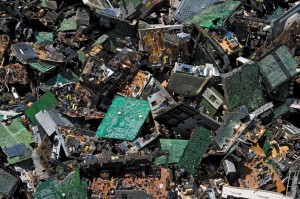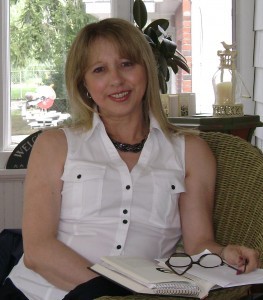Today is Earth Day. This got me thinking: “with the emergence in the popularity of eBooks in recent years, has publishing become greener?”
In the mid 1990s, print-on-demand changed publishing forever by leveling the playing field for new authors. Early supported self-publishers, the predecessors of Archway Publishing, began to emerge with the advent of this new technology. By 2001, some were making the argument that POD had the potential to limit environmental impact of book publishing. Publishing was now a little greener.
Then eBooks emerged. Surely eBooks were the game changer. eBooks would make publishing a much greener industry, right?
At first blush, the answer would appear to be a resounding, YES! Fewer trees are cut down – great! Printers are shrinking carbon footprints with less output – outstanding! Fewer trucks are belching out emissions delivering books to stores – fantastic! Fewer people are getting into their cars to drive to bookstores – wonderful! Publishers are disposing of fewer unwanted print books – brilliant! The answer is clear…or is it?
Early on in the eBook revolution, organizations began studying this question. A 2009 study by CleanTech determined
“The roughly 168 kg of CO2 produced throughout the Kindle’s lifecycle is a clear winner against the potential savings: 1,074 kg of CO2 if replacing three books a month for four years; and up to 26,098 kg of CO2 when used to the fullest capacity of the Kindle DX. Less-frequent readers attracted by decreasing prices still can break even at 22.5 books over the life of the device.”
A 2014 Huffington Post article took another look at the question of the greenness of Books v. eReaders. The findings cited were surprising. Quoting from the piece:
“According to one lifecycle analysis of printed books versus e-readers, the energy, water, and raw materials needed to make a single e-reader is equal to that of 40 to 50 books. In terms of the effect on the climate, the emissions created by a single e-reader are equal to roughly 100 books.
“If you read 100 books on your e-reader before upgrading it, the effect on the climate is no different than reading those books in print. If you upgrade before that time, your carbon footprint actually increases compared to reading printed books. If you read 200 books on the device, the climate impact is halved. The result is the same for resource and energy usage, though the threshold to break-even is lower. Let’s assume you upgrade your e-reader every three years. That means you need to read roughly 30 books every year before you’ve reduced your climate impact, and 15 books a year before your resource usage is lower. If you upgrade more frequently, you need to be an even more avid reader to lower your environmental impact by switching to digital.”
It appears the answer to the question of whether eBooks are greener is: sometimes.
Have you increased your use of eReaders to positively impact the environment?
Based on your reading habits, do you think your choice of digital over print is making a difference?
We’d love your input. Comment below, tweet us @ArchwayPub or leave a comment on our Facebook page.
-AWP-


